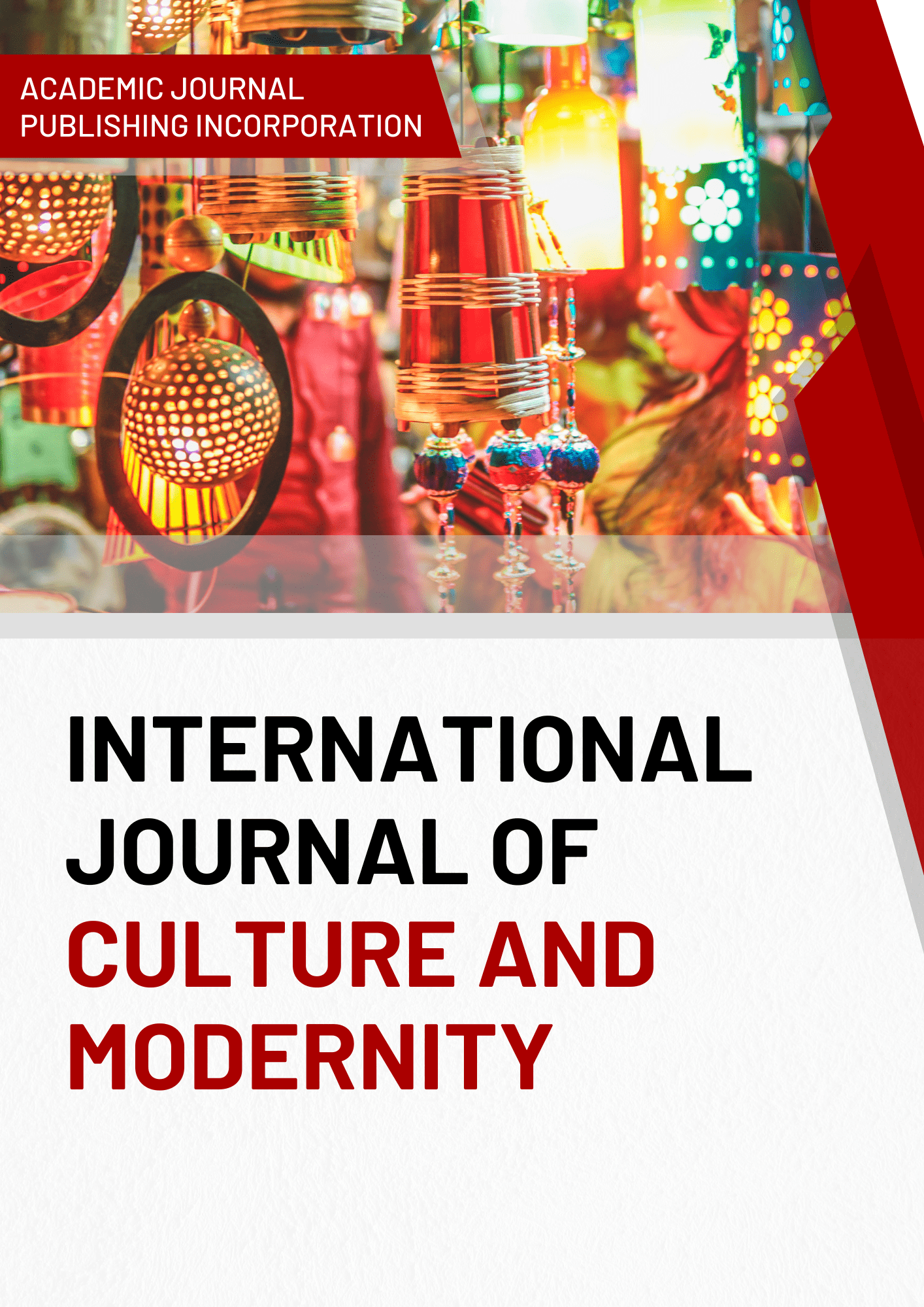Social and Environmental Impacts of Driverless Cars
DOI:
https://doi.org/10.51699/ijcm.v18i.395Keywords:
driverless cars, automation, advanced technologies, geography, social, environmentalAbstract
The automotive industry is accustomed to adapting to manufacturing automation. New challenges for automotive production are emerging, due to automation. In this article, we talk about how fast such kinds of vehicles are advancing and adopting. We highlighted several themes related to autonomous vehicle use that we examined the advantages and disadvantages of driverless cars for individual road users. Referring to the opportunity of choosing the most appropriate vehicle for each trip was a relevant topic to discuss. We conveyed a small survey to reach spatiotemporal aspects of this topic. We provided an estimate of how long it will take to overcome several problems as well as examined driverless car predictions. As vehicles have potential benefits and costs. We examined how they affect travel activities and impact road, parking, and public transport planning. We concluded the topic with our thoughts that the advantages of self-driving cars far outweigh the disadvantages. This research opens several future research topics related to social, economic, and geographical matters of autonomous vehicles and technologies.
References
Bern Grush (2016) Driverless Cars Ahead: Ontario Must Prepare for Vehicle Automation, Residential and Civil Construction Alliance of Ontario (RCCAO)
Charlie Johnston and Jonathan Walker (2017), Peak Car Ownership: The Market Opportunity for Electric Automated Mobility Services, Rocky Mountain Institute.
Cugurullo, F., Acheampong, R. A., Dusparic, I., & Gueriau, M. (2020). The transition to autonomous cars, the redesign of cities, and the future of urban sustainability. Urban Geography, 42(6), 833-859.
Daniel Fagella, (2020), ‘The Self-Driving Car Timeline – Predictions from the Top 11 Global Automakers’.
Evan Ackerman (2017) “Toyota's Gill Pratt on Self-Driving Cars and the Reality of Full Autonomy,” Spectrum, International Institute of Electrical Engineers
GAO (2016) Vehicle Cybersecurity: DOT and Industry Have Efforts Under Way, but DOT Needs to Define Its Role in Responding to a Real-world Attack, GAO.
Jason Monios and Rikcard Bergqvist (2019) “The transport geography of electric and autonomous vehicles in road freight networks”., Journal of Transport Geography
Mc Kinsey & Company (2015) Ten ways autonomous driving could redefine the automotive world.
Mohsen Asadi, et al., (2016) Autonomous vehicles: challenges, opportunities, and future implications for transportation policies., Journal of Modern Transportation Elsevier.
Song Yena, et al., (2018) Subway network expansion and transit equity: A case study of Gwangju metropolitan area, South Korea., Journal of Transport Geography.
Todd Litman (2022) “Autonomous Vehicle Implementation Predictions. Implications for Transport Planning”., Victoria Transport Policy Institute.







